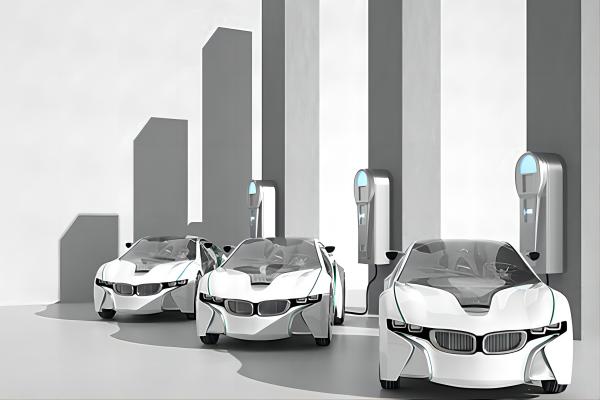Definition of single-phase and three-phase
Single-phase: It is the general household electricity. Use L to represent the phase line (that is, what we call the fire line), and N to represent the neutral line. The voltage between the two is 220V.
Three-phase: It is widely used in industry (such as 3-phase motors), and household air conditioners also have 3 phases.
The use of single-phase electricity and three-phase electricity
The three-phase electricity is 380V, and the single-phase electricity for civilian use is 220V. Simply put, in industrial electricity, three-phase four-wire (if it is neutral wire), you can draw one live wire and one neutral wire for civilian use. The single-phase alternating current used in daily life is actually provided by one phase of the three-phase alternating current, and the single-phase alternating current power generated by the single-phase generator is rarely used now. Three-phase AC has many advantages over single-phase AC, and it has obvious advantages in power generation, transmission and distribution, and conversion of electrical energy into mechanical energy.
The difference between single-phase and three-phase
1. The difference in power supply mode. Single-phase electricity refers to the power transmission form consisting of a phase wire (commonly known as live wire) and a neutral wire. The power supply loop mode composed of two phase wires is called two-phase power supply, or two-phase power for short. Three-phase alternating current is a form of transmission of electrical energy, referred to as three-phase power. Three-phase AC power supply is a power supply composed of three AC potentials with the same frequency, equal amplitude, and 120° phase difference.
2. The difference in voltage level. The three-phase electricity is a phase-to-phase voltage of 380V. The two-phase electricity is 220V. Single phase is 220V, which is the voltage between the phase line and the neutral line.
3. The difference in use. Three-phase power is used in enterprises and factories, such as power supply for large equipment such as motors and pumps. The two-phase is mostly used in household appliances such as homes, schools, and hotels. Single-phase electricity, two-phase electricity, and three-phase electricity are collectively referred to in low-voltage three-phase four-wire (380V/220V) power supply systems.
4. The difference in the number of wires. Three-phase electricity has two live wires more than two-phase electricity, and single-phase electricity is composed of one phase wire and one neutral wire, and the voltage is 220v. Only when the three-phase load is the same (for example, a three-phase motor), the three-phase power can be applied. At this time, since the current vector sum of the three-phase power is 0 (the three-phase power forms an angle of 120 degrees with each other, the sum is 0, the neutral line (equivalent to the zero line) is not needed at this time.

Which type of Electric car charger is used?
There are currently two main types of electric vehicle charging: slow charging and fast charging. Slow charging generally uses household 220V single-phase electricity. The most common slow charging methods include: car chargers and household wall-mounted charging piles.
1. On-board charger is the most basic charging equipment for pure electric cars. This charging method uses the traditional charging method of constant voltage and constant current to charge electric vehicles. Electric vehicle home charging facilities and small charging stations mostly use this charging method. The charger is fixed on the car as standard or placed in the trunk. It can be charged by simply plugging the plug of the car charger into the power socket in the parking lot or at home.
2. Household wall-mounted charging piles are generally installed in the parking space, which is convenient for car owners to use at any time.
Fast charging, also known as rapid charging or emergency charging, aims to fully charge electric vehicles in a short period of time, but this method may have some impact on battery life. This charging method is mainly for long-distance travel or the need to quickly replenish power. The power of the charger is very large, generally greater than 30kW, and it uses a three-phase four-wire 380V power supply. The home charging piles of some brands of new energy vehicles support 380V, 11KW to 21KW charging power, such as Tesla and so on.
For new energy buses, buses, etc., which require a large amount of power, the input of the charging pile must be three-phase, because it requires a large power, and only three-phase electricity can drive it. For car-hailing, the input is single-phase.
Whether a new energy vehicle owner chooses single-phase 220V or three-phase 380V depends on the electricity consumption policy of the residential area or community. Some places only support 220V mains power, while others can support 380V. If you want to install another charging pile, you must understand this information clearly.














